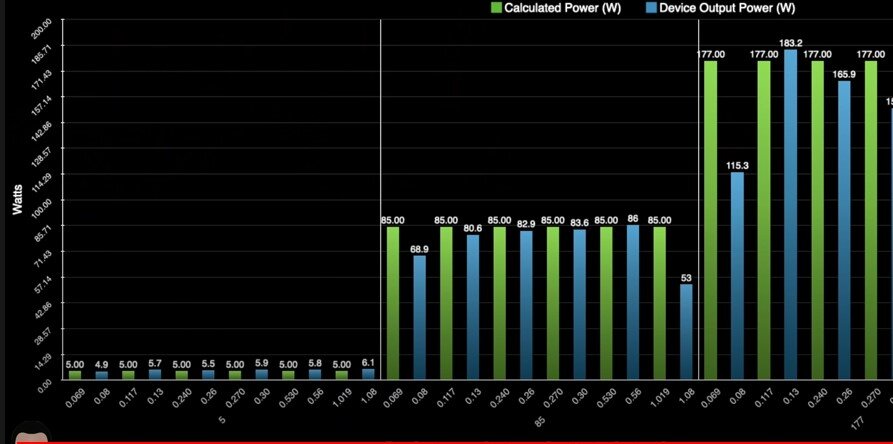Without going into all the nitty gritty specs, and just working on your own perception ....... what mods seem to be managing the power best.
I recently got a Grus, this seems to eat power in comparison to two of my other 21700 mods. Using the same Intake solo with a 0.3 build fused staggered clapton, I have to set the W to 28 to get the vape that I like. The Jelly box single does the same thing at 26 W.
A 21700 molicell in the Grus will last from around 8 am to 4 pm. The jelly box will give me another half an hour on that.
Best of all is the OBS engine mod that will give at least a full hour more than the Grus using the same tank and also at 26 W
Hardly scientific I know but it is first hand experience and plays a part in which mod you use at any one time
I recently got a Grus, this seems to eat power in comparison to two of my other 21700 mods. Using the same Intake solo with a 0.3 build fused staggered clapton, I have to set the W to 28 to get the vape that I like. The Jelly box single does the same thing at 26 W.
A 21700 molicell in the Grus will last from around 8 am to 4 pm. The jelly box will give me another half an hour on that.
Best of all is the OBS engine mod that will give at least a full hour more than the Grus using the same tank and also at 26 W
Hardly scientific I know but it is first hand experience and plays a part in which mod you use at any one time









